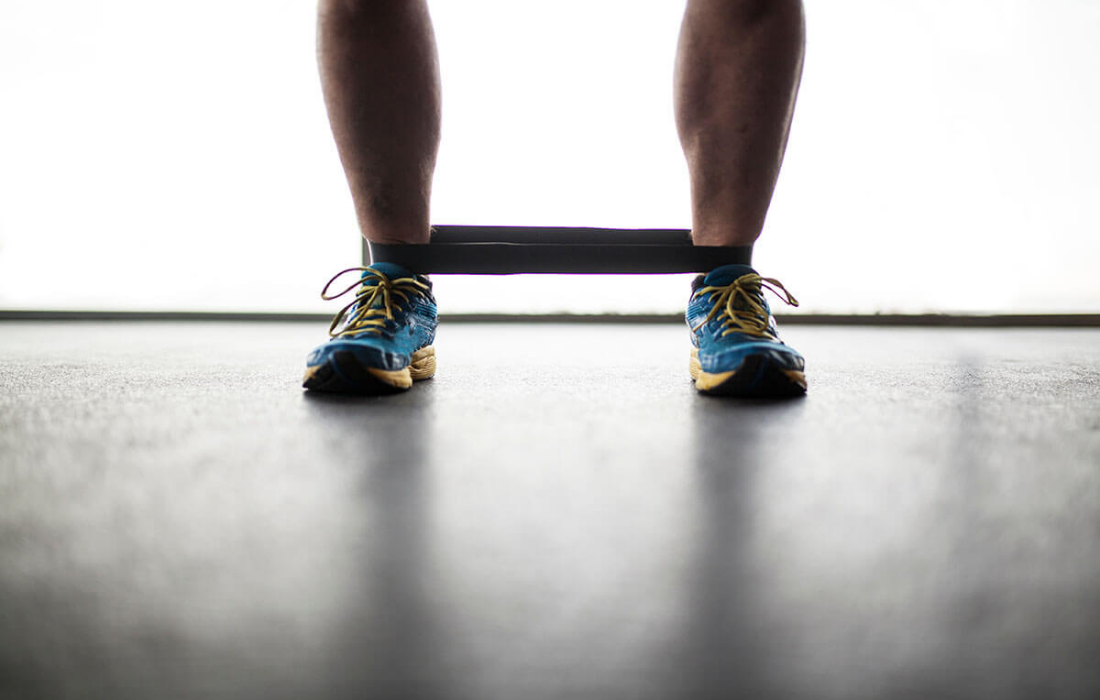Get the Facts on Muscle Activation

If you don’t use it, you lose it.
This is the ultimate survival technique of the human body. Whether you call it efficient or just plain lazy, the body won’t support something it doesn’t need. This is especially true when it comes to your fitness and your health. Your body is conserving energy to keep you alive— every second of the day is focused on avoiding an unnecessary loss of energy. As such, if you have parts of your body that use energy that you haven’t been using, the easiest thing to do is to stop using it.
Imagine you had an app on your phone that drained your battery. You would probably use that app as sparingly as possible once you discovered how much battery this app was draining. You might even delete it, right?
Your body does the exact same thing except with your muscles, bones and much more and is known as muscle activation. Let’s take a closer look at this fascinating phenomenon of the human body.
Muscle Activation in the Spotlight
Perhaps the most famous incident of muscle activation came in the 2015 Farmers Insurance Open when Tiger Woods had to withdraw from the tournament due to back spasms. When he was asked how he had injured his back, he replied, “My glutes are shutting off.” While most of the adult population will experience or currently suffers from back pain, they did not react well to this statement. After all of the jokes, many people were left with a general lack of understanding as to what actually happened that day.
Upon further explanation, Mr. Woods said that a rain delay had allowed his body to get cold and stiff. This did not allow him the time to reactivate his glutes prior to returning to the golf course and what ultimately lead to his injury.
Why do we need to activate our muscles at all?
Your body functions with a give-and-take relationship. One set of muscles contracts while another set relaxes. Activities like sitting cause a relaxation in high energy muscles like the glutes. The body counteracts this by activating other muscles to help. Thus, our body is in an everlasting balancing act designed to redistribute stress as needed to minimize pain and avoid injury, if possible. As a result, we end up with some muscles that get compromised or deactivated.
In addition, muscles that shouldn’t be activated are turned on to compensate. Looking down at your smartphone or sitting for long periods of time at your computer can lead to upper cross syndrome (rounded shoulders/head tilted forward). The shoulder blades begin “winging” to create room for the shoulders to round. A muscle called the subscapularis becomes overstretched and possibly turned off. This also removes space from the chest which will tighten up, as well. A muscle in the chest group called the pectoralis minor can kick in to help prevent further “winging.” When this happens the space in your shoulder decreases and it can lead to discomfort, pain, or even injury.
In short, posture, injury or even inactivity can deactivate our muscles and force other muscles to activate in order to compensate.
How do you activate your muscles?
Muscle activation can be done through exercises that put the body/muscle in the optimal range of motion and utilizing movements that will ensure that the muscles we need are working properly before we begin an activity. For example, a golfer can prevent and/or reduce low back pain with band shuffles. Or, for the quad-dominant athlete, activating the glutes and hamstrings can help protect the knee.
Every joint has an optimal level of muscle activation in a desired sequence. Pain, discomfort or weakness may be caused by a lack of proper muscle activation. Discover how you can live, move and enjoy life pain-free by contacting us for a complimentary screening or learn more about muscle activation today.

